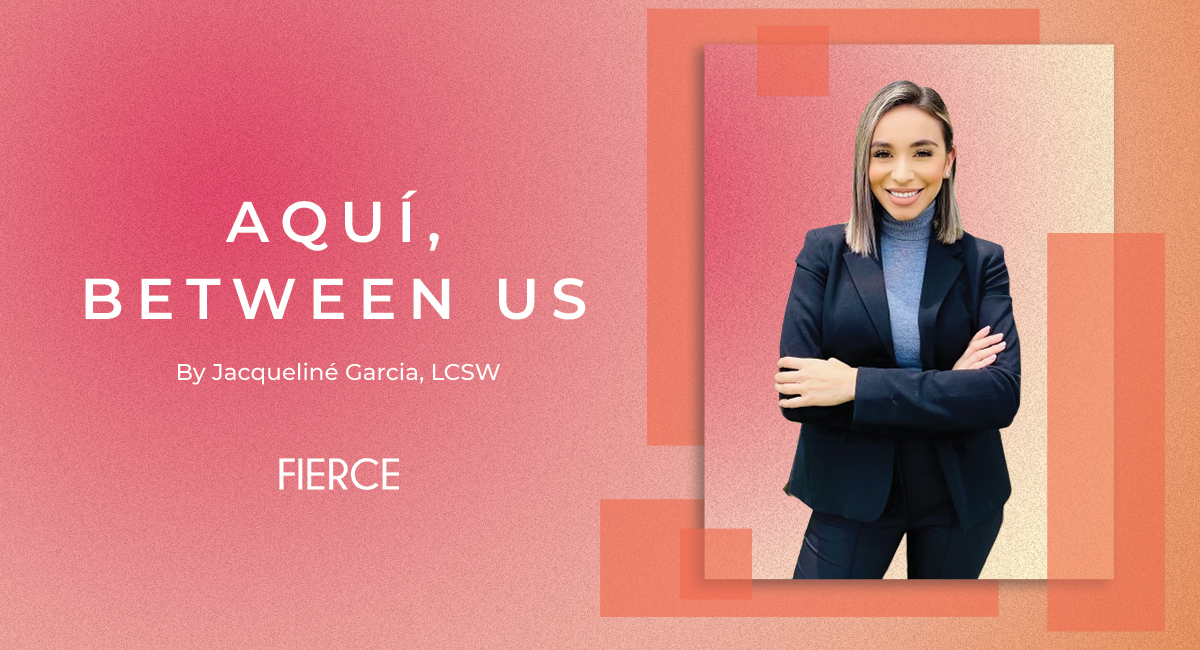Vanessa Romo Marks The Cover Of Vogue México In A History-Making Feature
Vogue México knows a good trend when it comes to the fashion world. Their recent decision to feature model Vanessa Romo on the cover of their September issue proves that they also know a classic too. Speaking with Vogue México the model opened up about her career, challenges, and experiences that have allowed her to position herself as one of the modeling world’s most prominent figures.
The model with Mexican roots started out her career by modeling on small projects then moved up to uploading images to Instagram and eventually became discovered by Forever 21. Soon after, the North American fast-fashion brand offered Romo a collaboration and she was ultimately signed to an agent.
Now she’s Vogue México’s September model.
In her interview with Vogue, Romo says that the first time she saw plus-size models on a runway, her view of the fashion industry completely shifted.
Seeing women with bodies just like hers, made Romo feel represented in a way that was beautiful and confident. Speaking to Vogue México, Romo explains that she struggled her first two years as a model because she was still in college at University of California, Santa Bárbara. Because of her Latin roots, Romo studied Chicano Studies and Spanish. Her interest led her to continue to explore her identity and Romo decided to audition for Nuestra Belleza Latina on Univision in 2018.
Romo told Vogue that she decided to take part in the competition because she knew there was a need for this representation in the Latino community. When she finished the contest, she realized that she needed to continue breaking expectations for models.
“With this new inspiration, she decided to learn to love her body. Modeling and fashion were for her a way of exploring her own confidence and growing her,” Vogue México revealed. “The power of modeling captivated her so much that it was then that she realized that she herself wanted to be part of the change. Just as she needed empowerment, she knew that there were so many girls and women who needed it equally.”




